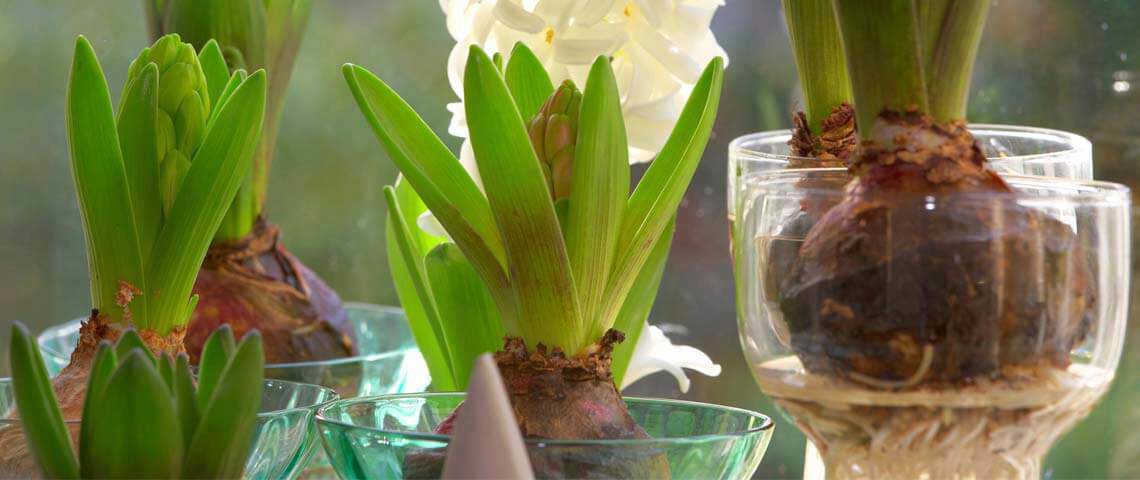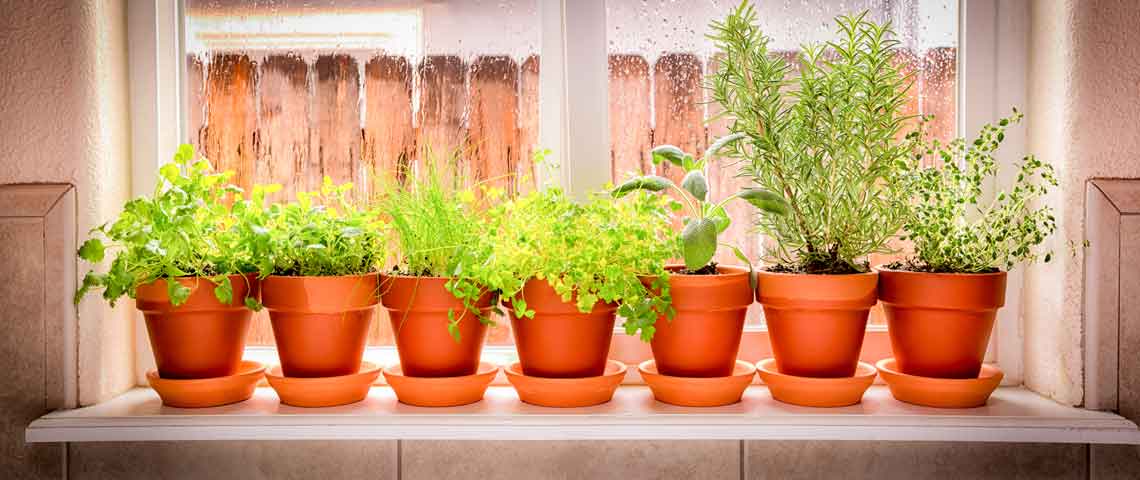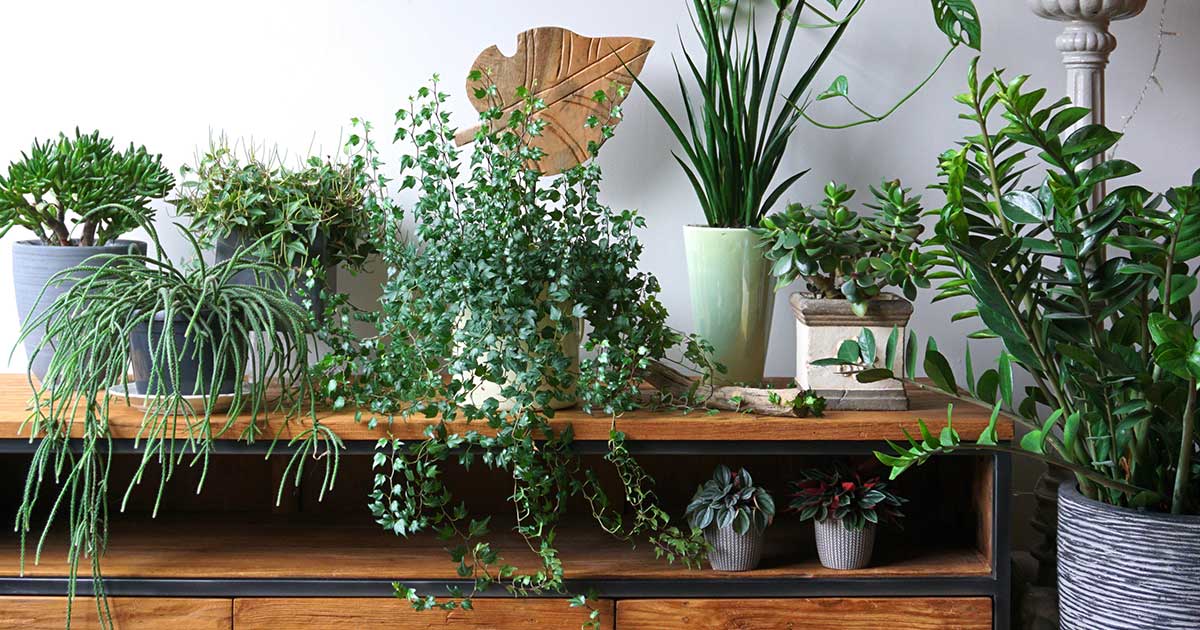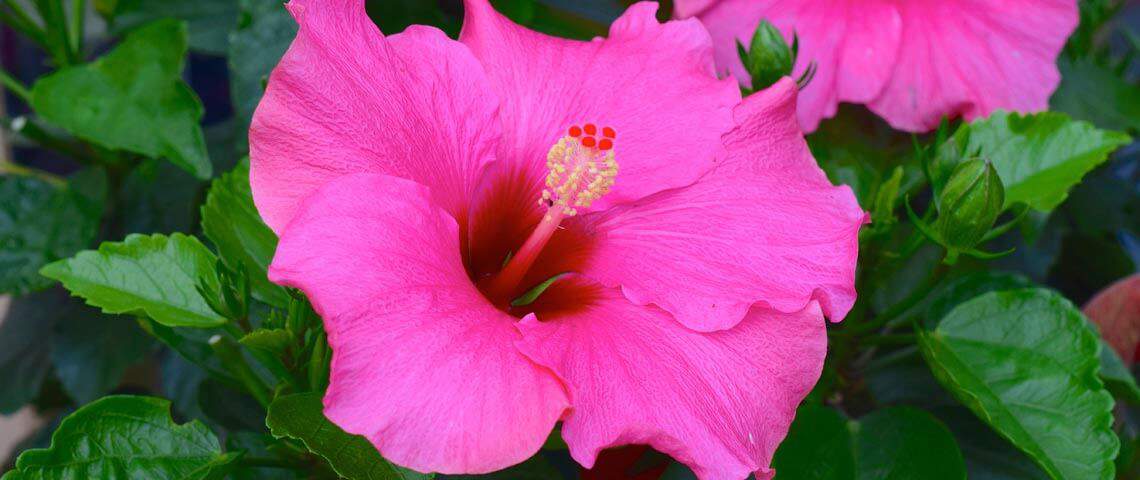How to Improve Heavy Clay Soil
When you wrestle with heavy, compacted clay in your lawn and garden, your body and your plants can show the strain. But don't despair. Clay soil offers many benefits, but it can need a hand to reach its potential. Healthy, well-maintained clay soil translates to less work for you and less stress on your lawn and garden. With these insights and a little effort, you can fix your heavy clay soil and reap its rewards:
- Clay soil can provide an excellent foundation for healthy plant growth
- Compacted clay inhibits healthy growth for grass and other plants
- Soil amendments such as organic matter and gypsum improve heavy clay and relieve compaction
- Gypsum enhances your soil and delivers extra benefits to your garden
Clay soil can provide an excellent foundation for healthy plant growth
Clay's potential as one of the best soil types for plant growth lies in its unique properties. The individual particles that make up your clay are extremely small compared to other soil types such as sand, silt or loam.1 Thanks to the surface area of all those small particles, clay soil has a greater capacity to hold water and nutrients your lawn and garden needs. Managed well, clay soil typically requires less irrigation and less fertilizer, and leads to healthier plants all around.
Even if you're certain you have heavy clay—and have the clods on your boots and tools to prove it—take time to test your soil before you make changes. A soil test takes the guesswork out of your starting point, so well-intentioned soil work doesn't backfire and make things worse. If you're new to soil sampling, your local county extension agent can help with advice and soil testing kits.
Your test results and recommendations can include ways to improve your clay soil, along with helpful information about your soil's organic matter, pH and nutrients. In areas with heavy clay, it's a good idea to test your soil every three to four years.1
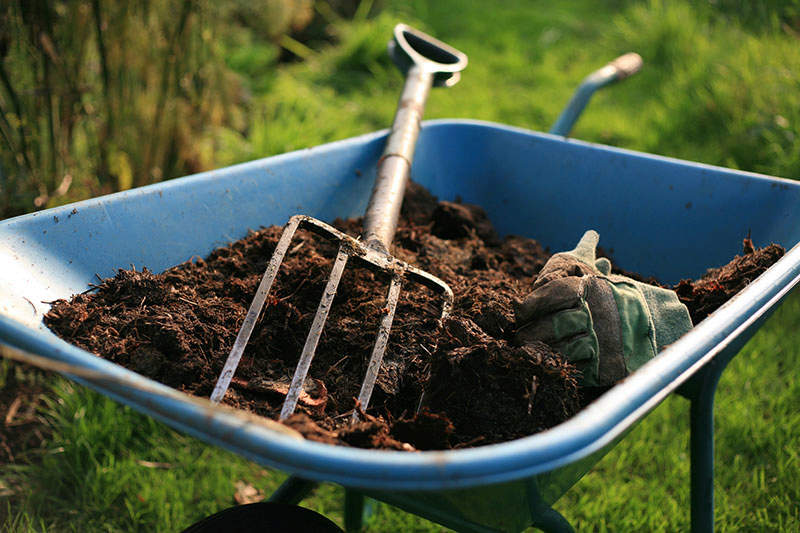
Amending your soil with organic matter helps improve its structure.
Compacted clay inhibits healthy growth for grass and other plants
The same properties behind clay's benefits also present its biggest challenge. The small size of clay particles means they fit closely together, leaving less room for air, water and nutrients to move—especially when pressure compacts them. The particle shape increases the likelihood of compaction, too. Clay particles are flat, like plates, instead of rounded like grains of sand.
Clay becomes compacted for many reasons. Walking on your lawn or garden when its wet is a common cause. Heavy, beating rains also drive clay particles together. Once compacted, clay restricts water, nutrient, and air movement, leaving plants vulnerable to root diseases and nutrient deficiencies.1 And, like your garden shovel, tender new roots hit a wall of hard clay when they try to grow. Salts from fertilizers and winter de-icing solutions build up in heavy clay as well.
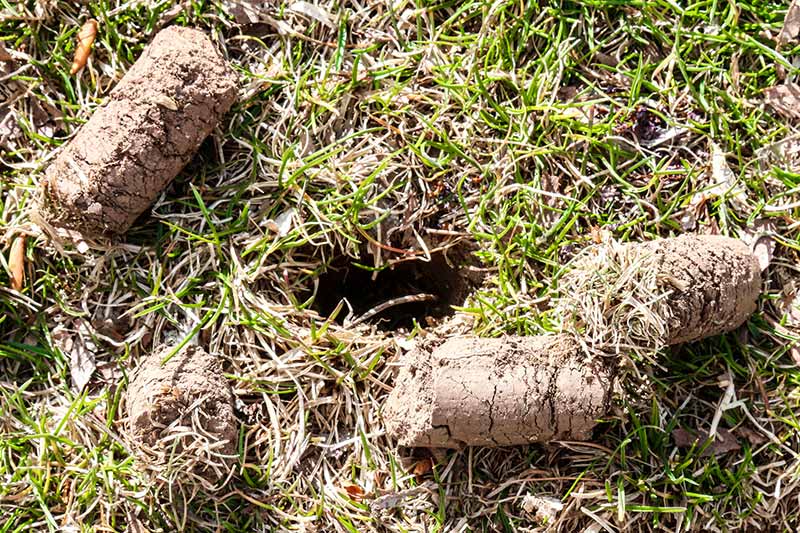
Aeration helps relieve soil compaction by creating holes that allow water and nutrients to penetrate.
Soil amendments such as organic matter and gypsum improve heavy clay and relieve compaction
Amending your soil properly can overcome heavy, compacted clay and get it back on track for healthy lawn and garden growth. Adding materials such as organic compost, pine bark, composted leaves and gypsum to heavy clay can improve its structure and help eliminate drainage and compaction problems. Avoid adding sand or peat moss to clay; they can make those problems worse.1
Your soil test or extension agent can help you determine the right amount of organic matter for your soil. As a general rule, when possible, add a layer of 3 to 6 inches of organic matter on your soil before planting, and work it down into the top 10 to 12 inches—where most roots grow. In following years, build on your efforts by adding 1 to 3 inches of organic mulch as a topdressing each year.1 As it decomposes, it continues to gradually improve clay soil.
Gypsum is easily applied to the soil surface with a regular lawn spreader. It's an ideal amendment for improving soil structure and relieving compaction in existing lawns and gardens. Lilly Miller Garden Gypsum starts working immediately starts working immediately to help loosen compacted clay soil, increase water penetration and improve drainage, correcting soil conditions to allow for better plant root growth.
Compacted clay lawns benefit from annual aeration.1 Core aeration cuts into clay and removes a small core of thatch and soil that gradually disintegrates on the surface. Openings left by the cores allow water, air and nutrients into the clay, so those essentials stay available and grass can grow healthy and strong.
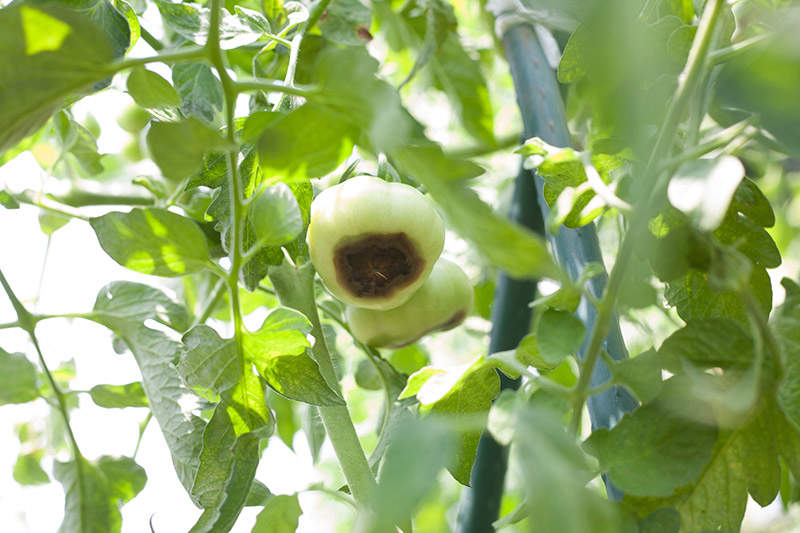
Gypsum enhances soil without affecting soil pH and provides calcium to prevent blossom end rot disease.
Gypsum enhances your soil and delivers extra benefits to your garden
Improving soil structure and relieving compaction aren't the only ways that gypsum benefits your lawn and garden. Gypsum adds calcium and sulfur—essential plant nutrients—to your soil. While lime adds calcium and makes soil less acidic, gypsum adds calcium without affecting your soil pH.
Adding gypsum to vegetable gardens helps prevent calcium deficiency, a primary cause of blossom end rot disease. This common disease can undermine your harvest of garden favorites such as tomatoes, eggplants, peppers, and melons. Adding gypsum at planting time keeps calcium plentiful, so fruit can ripen without end rot. The calcium in gypsum helps your strawberry patch reach its juicy potential, too.
By taking steps to improve and maintain your heavy clay soil, you can enjoy all the benefits clay offers and reap the rewards of healthy soil and plants. Pennington is here to help you overcome lawn and garden challenges and grow the best lawn and garden possible, in heavy clay and every other soil type.
Always read product labels thoroughly and follow instructions.
Pennington with design is a registered trademark of Pennington Seed, Inc.
Fast Acting is a trademark of Encap, LLC.
Source:
1. D. Crouse, "North Carolina Extension Gardener Handbook: Soils and Plant Nutrients," NC State Extension, February 2018.


